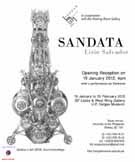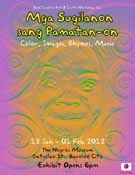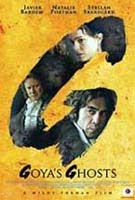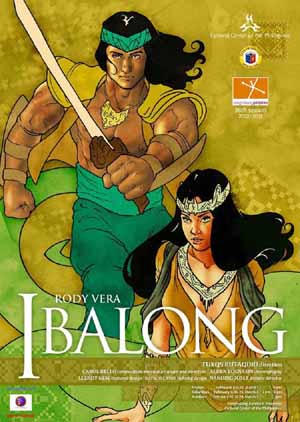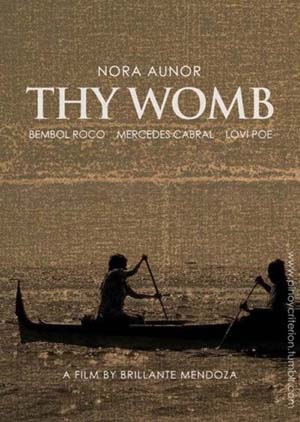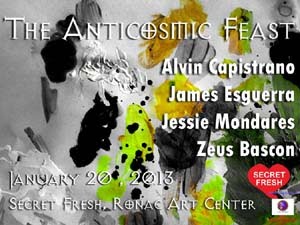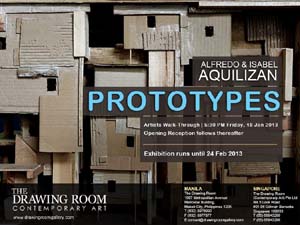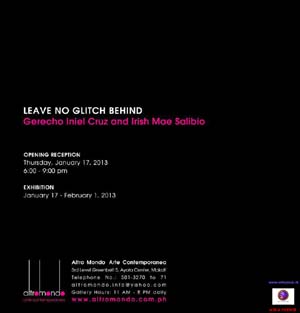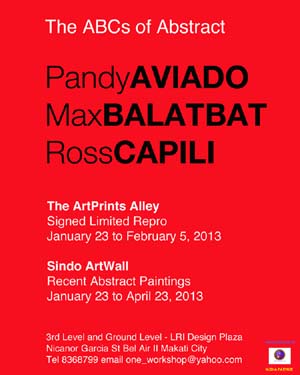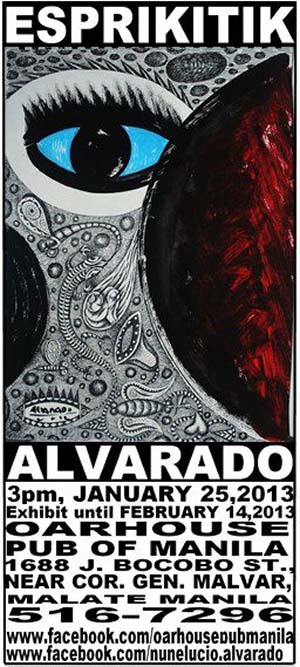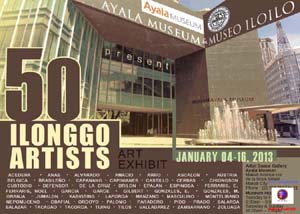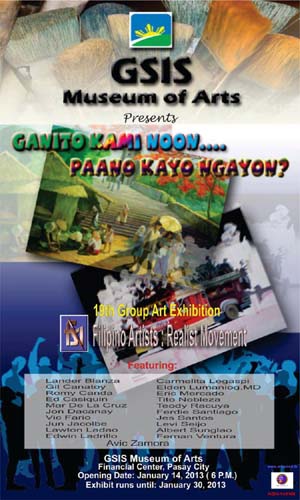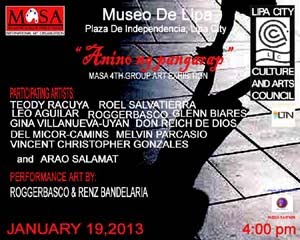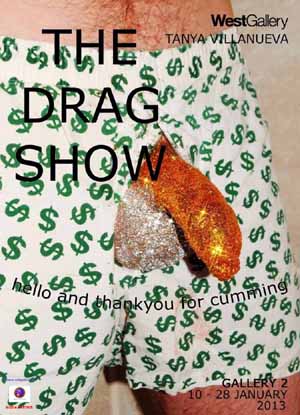
To re/enforce is to be persistent in insisting on putting into effect. It is to be vigilant in invoking for continued practice. It is sustained clamor for further action. Such is the central assertion in these exhibitions of four Filipino visual artists whose combined artistic outputs are being mounted at the ArtistSpace of the Ayala Museum which opens on December 1, 2010 at 5:00 p.m.
In “Tuldok,” multi-awarded Antipolo City-based Jerson Samson re-stresses the vox populi while providing a powerful reassertion of popular democracy. The concretization of popular will from the philosophical concept of populism that stuck an imprint amongst the Filipinos after the much-romanticized disenthronement of a dictator mirrors the sociopolitical context in Samson’s previous works employing his current painting style. However in “Tuldok,” there pervades the rhetorical undertones that lie opposite the exaltation of the voice of the people; comes now the exaltation of the people with a voice. In the large oil on canvas “Tayo,” the multitude that brought this new-found democracy can thus be reflected as those who pile up questioning outside the gates of a palace which looms over the horizon, far from their reach, where the popular voice hold office.
Monnar Baldemor in “Usapan” reiterates the need for constant communication between people as it is vital for an artist to communicate with his viewers. Here Baldemor stresses that whether how trivial or mundane or intellectual the subject matter maybe, one reaches out to another effectively through the spoken/written word. It is this spoken/written word that Baldemor infused in his paintings; snapshots of daily life provided with text to further give emphasis on the thoughts of his subjects. Such texts are as vital in the painting as the messages that Baldemor is trying to deliver to his audience.
The convolutions of everyday life constantly being made complex by the unrelenting advancements in technology as evidenced by the changing terrain of his native Cordillera became the focus/locus of Baguio City-based visual artist Ernie Gomez. The encroachment to land and its people and culture swept aside if not annihilated what was then pristine. As reflective as the national scenario, Gomez backtracks to the simplicity of provincial life in “Everyday Lives”. He reinforces this with a pictography of a race, moment, milieu poking on our sensibilities for a lot of introspection and self-evaluation as a people and a nation.
Yet perhaps the cerebral juxtaposed by the philosophical comes out in Anthony Panugao’s “Conscious│Subconscious.” True to form and figure as in his first solo exhibition last year, Panugao’s apocalypse remains to be foreboding. Also here the artist resummons the function of faith. Panugao’s central premise is anchored upon the question “What if the subconscious mind fuses with the conscious mind?” Like osmosis between two potent faculties distinctly separate. Panugao utilizes this philosophy of the mind that distills in a mind-body problem to create analytical pieces where the viewer is being asked to re-calculate.
Re/enforce, a collective of exhibitions mounted by Artepinas, Inc. for the ArtistSpace of the Ayala Museum is curated by JCrisanto Martinez and shall be on view until December 13, 2010. Inquiries may be channeled through the Ayala Museum or at (+63) 922.331.41.08 or via electronic mail at info@artepinas.tk.
Texts: JCrisanto Martinez
Images, Monnar Baldemor, Ernie Gomez, Anthony Panugao, Jerson Samson




























































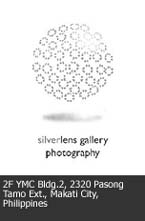














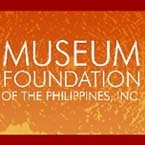




















































+2010.jpg)











